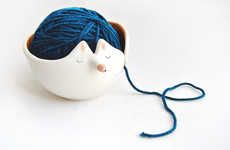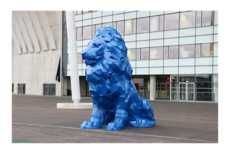



Art history evolves into new platforms to suit contemporary norms
Implications - Tech is letting brands bring art history into the modern world, allowing them to frame these pieces in a way that better resonates with the consumption habits of modern consumers. With the digital world now being consumers' primary means of work, play and entertainment, the transformation of traditional study of art history into contemporary lifestyles drastically enhances engagement with the subject.
Workshop Question - Consider some of the more traditional aspects of your product, service, or business in general. How could your brand reposition any of these features?
Trend Themes
1. Revamping Art History with Technology - The integration of technology with traditional art is fuelling innovation by putting a contemporary twist on antiquated art history.
2. Augmented Reality Museums - Augmented reality apps and software, when aimed at traditional galleries, can make ancient art fun, interactive, and relevant again for new generations.
3. AI Art Recognition and Creation - AI-assisted tech that can quickly identify a fine art lookalike or create a forgery with ease is becoming a disruptive method of taking art to the masses and generate new forms of creativity.
Industry Implications
1. Art and Design Industry - The art and design industry can leverage innovative technologies to put a modern spin on classic works and create new forms of art.
2. Museum and Gallery Industry - Museums and galleries can explore the possibilities of interactive exhibits, and work with artists to harness new technologies to improve visitor experience for a new generation of art enthusiasts.
3. Technology Industry - The technology industry has an important role in redefining antiquated approaches to art and culture using their AI capabilities.
5 Featured, 45 Examples:
187,509 Total Clicks
Date Range:
Apr 16 — Apr 18
Trending:
Warm
Consumer Insight Topics:

















































